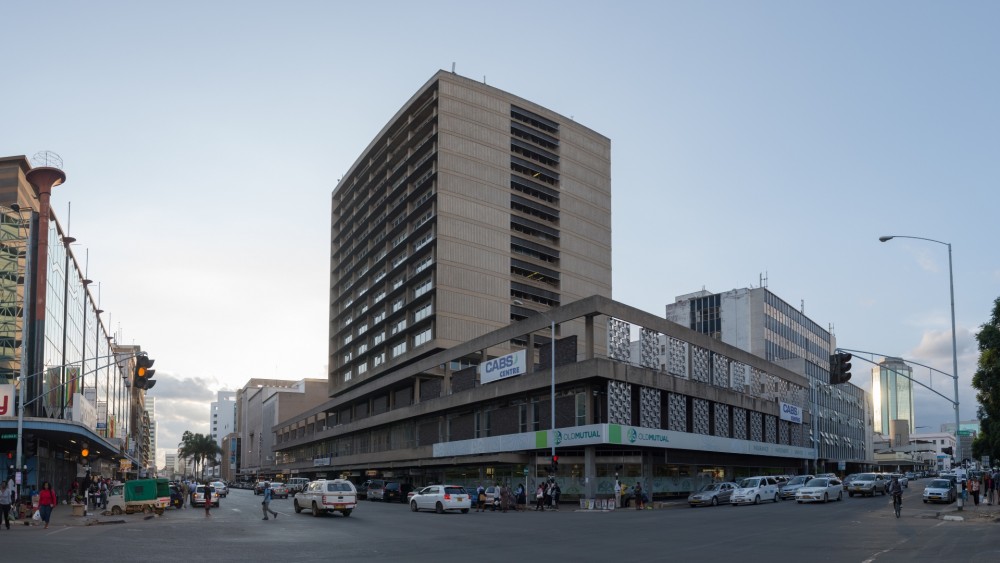Thursday January 30, 2025
- ALL NEWS
- SMALL & MEDIUM ENTERPRISES (SME)
- INTERNATIONAL TRADE
-
REGIONS
-
NON-REGIONAL
Search

Zimbabwe is under a high inflationary environment, with August recording 285 percent, up from 356 percent in July and 191.6 percent in June. The primary reason for the high inflation is disastrous fiscal and monetary policies from the RBZ and government. Without faith in their local currencies, Zimbabweans are turning to the U.S. dollar as a store of value, aggravating the currency's fall and ultimately leading to higher inflation. At the end of July, the Reserve Bank of Zimbabwe Governor John Mangudya launched gold coins that he says will act as a store of value.
Mangudya Hopes That Zimbabweans Will Turn to the Gold Coin
At a press conference, Mangudya stated that the gold coins would be named “Mosi-oa-Tunya Gold Coin,” which means “The Smoke Which Thunders.” Mosi-oa-Tunya is the original and African name for the natural wonder, Victoria Falls. The central bank will release the coins in batches, with the first batch numbering 2,000 coins. The gold coins will be available through banks nationwide.
The initial price started at 1,823.83 U.S. dollars per 22-carat coin or 805,745.35 Zimbabwean dollars on a willing buyer willing seller selling rate. The coins will be tradable, have a liquid asset status, can be used as collateral, and are available to individuals, corporates, local bodies, and international investors.
Gold coins aren't a new concept; they are available in China, South Africa, and Australia as a hedge against inflation.

Challenges of the Gold Coin
At launch, the gold coins were already controversial. Most Zimbabweans don't trust the RBZ and government, both notorious for changing policy overnight. Furthermore, nobody knows how easy it will be to sell them off after the 180-day waiting period.
The gold coins are available to buyers using the local currency at the official rate. The official rate is half the price of the black market exchange rate; many observers agree that the black market rate is closer to the actual value of the local currency. With such a vast difference between the official and black market rates, many fear that it is another scheme by the elites to take advantage of the arbitrage, meaning the scheme may not help with inflation either.
Additionally, the coins aren't accessible to ordinary Zimbabweans who are struggling. For example, most teachers earn approximately $200, so the concept of gathering enough money to buy a coin is out of reach for them.
Stay Up-To-Date with Exports News
Exports News is the best place to receive all the latest updates. Sign up for our newsletter today and stay informed.
No Comments
Add comment



We’re happy you are satisfied with Exports News. Please let us know if you need enything!
support@exportsnews.comWe’re sorry your experience was not satisfactory. Please let us know how we can improve your experience:
Please contact us with any questions or concerns: support@exportsnews.com


Your feedback has been received! If you have any other questions or concerns, please contact us at:


There aren't any comments yet. Be the first to comment!